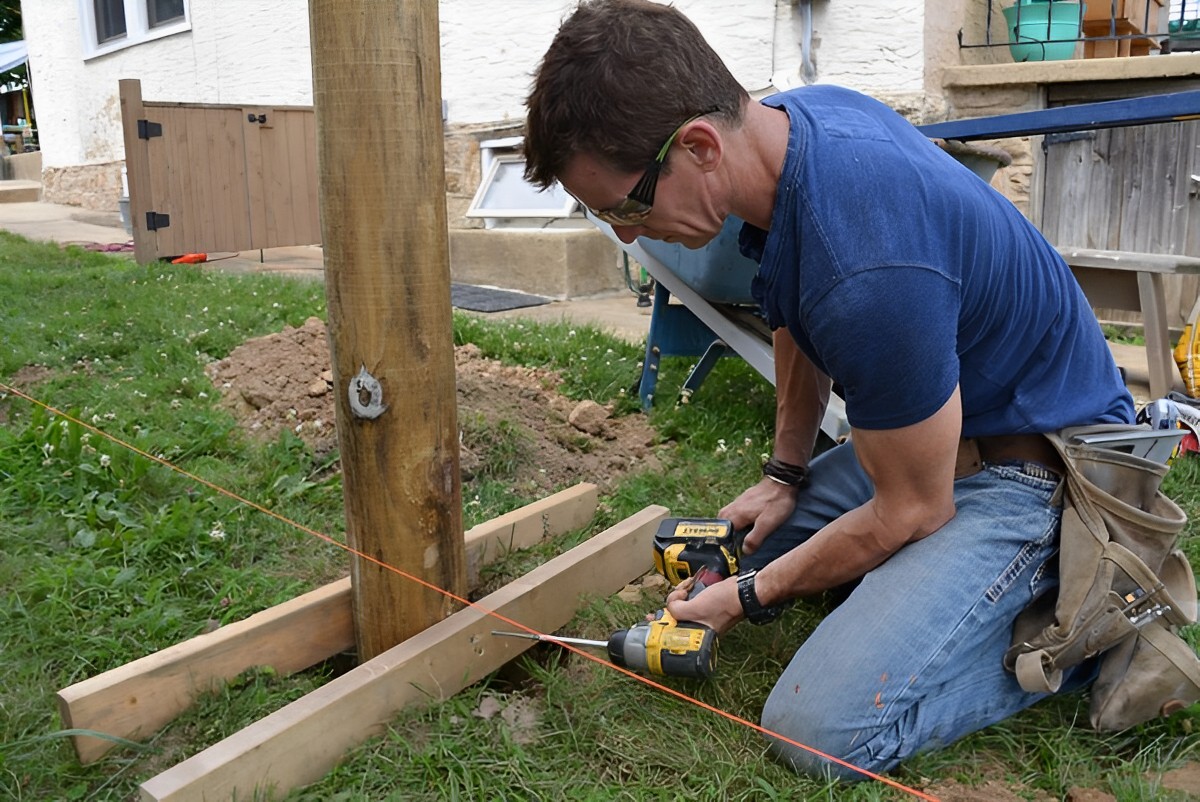

Articles
How Far Does Laser Level Go For Fence?
Modified: January 8, 2024
Discover how far laser levels can go for fences in this informative article. Learn about the benefits and limitations of using laser levels for accurate fence installations.
(Many of the links in this article redirect to a specific reviewed product. Your purchase of these products through affiliate links helps to generate commission for Storables.com, at no extra cost. Learn more)
Introduction
Welcome to the world of laser levels! If you’re planning to install a fence and are wondering how far a laser level can go, you’ve come to the right place. Laser levels are incredibly useful tools that provide precision and accuracy in various construction and landscaping projects. They use laser beams to create a straight, level line, making it easier to ensure that your fence is perfectly aligned.
Understanding the capabilities and limitations of laser levels is essential to achieve the desired results for your fencing project. In this article, we will explore the range of laser levels specifically for fence installations, factors that affect the laser level range, different types of laser levels, tips for maximizing their range, and how to select the right laser level for your fencing needs.
So, let’s dive in and discover how laser levels can help you create a straight and perfectly aligned fence!
Key Takeaways:
- Laser levels with a range of 30 to 100 feet are suitable for residential fence installations, while larger projects may require laser levels with a range of up to 500 feet or more.
- Factors such as ambient lighting, surface reflectivity, laser beam color, and obstacles can affect the visibility and range of laser levels for fencing. Consider these factors to optimize the laser level’s performance.
Read more: How Far Does Laser Level Go?
Understanding Laser Levels
Before we delve into the laser level range for fences, it’s important to have a basic understanding of how laser levels work. Laser levels emit a highly focused beam of laser light that creates a straight and level reference line or point. This reference line or point serves as a guide for ensuring accurate measurements and alignments during construction projects.
Laser levels are commonly used in various applications, including construction, surveying, landscaping, and interior decoration. They are particularly useful when it comes to fence installations as they help ensure that the fence posts are aligned properly and at the correct height.
Typically, laser levels are equipped with self-leveling mechanisms that automatically adjust the laser beam to maintain a level reference line or point. This eliminates the need for manual adjustments and ensures precise and consistent results. Some laser levels also offer features such as vertical leveling, slope capabilities, and the ability to create multiple reference lines.
Laser levels can be classified into different categories based on their working principles and applications. The most commonly used types include rotating laser levels, line laser levels, dot laser levels, and rotary laser levels. Each type has its own specific use and range of functionalities.
Now that we have a basic understanding of laser levels, let’s explore the laser level range specifically for fence installations.
Laser Level Range for Fencing
The laser level range for fencing depends on several factors, including the specific model of the laser level, its power output, and the visibility of the laser beam. Most laser levels have a visible range that can vary from a few feet to several hundred feet.
For typical residential or small-scale fence installations, a laser level with a range of 30 to 100 feet is usually sufficient. This range allows you to accurately set the height of fence posts, ensuring that they are level and evenly spaced. However, for larger projects or commercial applications, you may require a laser level with a longer range. Laser levels with a range of up to 500 feet or more are available for such purposes.
It’s important to note that the laser level range is not the same as the working distance. The working distance refers to the maximum distance at which the laser level can maintain a level reference line or point. The laser level’s working distance may be shorter than its range, depending on factors such as the ambient lighting conditions and the visibility of the laser beam.
Another factor that can affect the laser level range for fencing is the type of laser technology used. Red lasers are commonly used in laser levels and offer good visibility, especially indoors or in low-light conditions. However, their range may be limited outdoors, especially in bright sunlight. Green lasers, on the other hand, have greater visibility and can be seen at longer distances, making them more suitable for outdoor applications.
Keep in mind that the laser level range is just one aspect to consider when selecting a laser level for your fencing project. Other factors such as accuracy, durability, and ease of use are equally important.
Now that we understand the laser level range for fencing, let’s explore the factors that can affect this range.
Factors Affecting Laser Level Range
Several factors can influence the range of a laser level for fencing. Understanding these factors will help you make informed decisions and maximize the effectiveness of your laser level.
1. Ambient Lighting Conditions:
The visibility of the laser beam is greatly affected by the ambient lighting conditions. In bright sunlight or intense artificial lighting, the laser beam may appear dimmer or may not be visible at all. This can limit the effective range of the laser level. It’s important to take into account the lighting conditions of your project site and choose a laser level with sufficient brightness or utilize a laser detector to extend the visible range.
Read more: How Far Can You Measure With A Laser Level
2. Surface Reflectivity:
The reflectivity of the surface where the laser beam is projected can impact the visibility and range of the laser level. Highly reflective surfaces, such as glass or mirrors, can cause the laser beam to scatter or become distorted, reducing its effective range. On the other hand, surfaces with low reflectivity, such as dark and matte materials, may absorb the laser beam, making it less visible. It’s important to consider the surface reflectivity when using a laser level for fencing and make any necessary adjustments to achieve optimal visibility.
3. Laser Level Power Output:
The power output of the laser level plays a significant role in determining its range. Higher-power laser levels can emit brighter laser beams that are visible at longer distances. When selecting a laser level for fencing, consider the power output and ensure it is suitable for your project requirements.
4. Laser Beam Color:
The color of the laser beam can also affect its visibility and range. Green laser beams appear brighter to the human eye compared to red laser beams. Green lasers are more visible in various lighting conditions and have a longer effective range. Choosing a laser level with a green laser beam can enhance the visibility and extend the range for your fencing project.
5. Obstacles and Interference:
Obstacles such as trees, buildings, or machinery can obstruct the laser beam and limit its range. Similarly, atmospheric conditions like fog or dust particles can scatter the laser beam, reducing its visibility and range. It’s important to consider these potential obstacles and minimize any interference to ensure an uninterrupted laser level range.
By being aware of these factors and considering them when using a laser level for fencing, you can optimize its range and achieve accurate and precise results for your project.
Read more: How Many Ft. Will Rotary Laser Level Go
Types of Laser Levels
There are various types of laser levels available in the market, each designed to cater to different construction and landscaping needs. Understanding the different types of laser levels will help you select the most suitable one for your fencing project.
1. Rotating Laser Levels:
Rotating laser levels, also known as rotary laser levels, emit a laser beam that rotates 360 degrees horizontally. They create a continuous level reference line around the entire work area. Rotating laser levels are ideal for large-scale projects that require precise alignment over long distances. They are commonly used for setting foundation heights, leveling concrete slabs, or installing fences over expansive areas.
2. Line Laser Levels:
Line laser levels emit a line of laser light, either vertically or horizontally, creating a straight reference line. They are ideal for projects that require accurate alignment in a specific plane. Line laser levels are commonly used for tasks such as installing cabinets, aligning tiles, or setting fence posts. They come in single line or multiple line options, allowing you to create cross lines or grid patterns as needed.
3. Dot Laser Levels:
Dot laser levels emit multiple laser dots that can be used as reference points for alignment. They are typically used for indoor applications such as installing fixtures or aligning artwork. While dot laser levels may not be as versatile for fencing projects, they can still be useful for marking precise locations or ensuring accurate measurements.
Read more: How Far Does A Recliner Go Back
4. Rotary Laser Levels:
Rotary laser levels combine the features of both rotating and line laser levels. They emit a rotating laser beam, creating a full 360-degree horizontal line while also offering single or multiple vertical lines. Rotary laser levels are highly versatile and can be used for a wide range of applications, making them suitable for both large-scale and small-scale fencing projects.
5. Laser Level Accessories:
In addition to the different types of laser levels, there are also various accessories available that can enhance their functionality. These accessories include laser detectors, which help extend the visible range of the laser beam, and mounting devices such as tripods or wall mounts that provide stability and flexibility during usage.
When choosing a laser level for your fencing project, consider the type that best suits your specific needs and the scale of your project. It’s important to select a laser level that offers the desired functionalities and range to ensure accurate and efficient fence installation.
Selecting the Right Laser Level for Fencing
Choosing the right laser level for your fencing project is crucial to achieving accurate and precise results. Here are some factors to consider when selecting a laser level:
1. Project Scale:
Consider the scale of your fencing project. For smaller residential projects, a laser level with a range of 30 to 100 feet may be sufficient. However, for larger commercial projects, you may need a laser level with a longer range. Assess the size of your project and choose a laser level that can cover the required distance adequately.
Read more: How Does Laser Level Work
2. Laser Level Type:
Determine the type of laser level that best suits your needs. Rotating laser levels are ideal for large-scale projects that require precise alignment over long distances. Line laser levels are suitable for tasks that need accurate alignment in a specific plane. Rotary laser levels offer a combination of rotating and line features, providing versatility for various applications. Consider the nature and requirements of your fencing project to select the most suitable laser level type.
3. Laser Beam Color:
Decide whether you need a laser level with a red or green laser beam. Green laser beams are generally more visible and have a longer effective range compared to red laser beams. If your project involves outdoor installations or working in bright lighting conditions, a laser level with a green laser beam might be the better choice for enhanced visibility.
4. Durability and Quality:
Ensure that the laser level you choose is durable and of high quality. Look for laser levels that are built to withstand the demands of construction sites and outdoor environments. Consider factors such as water resistance, shock resistance, and overall build quality. It’s essential to invest in a reliable laser level that will provide consistent performance throughout your fencing project.
5. Additional Features:
Consider any additional features that may be beneficial for your specific project requirements. Some laser levels offer self-leveling capabilities, slope adjustments, or the ability to create multiple reference lines. Evaluate your needs and choose a laser level that offers the features that will enhance your efficiency and accuracy during the fence installation process.
Read more: How Far Does A Pepper Spray Go
6. Budget:
Set a budget for your laser level purchase. Prices for laser levels can vary based on the range, features, and brand. Determine your budget range and explore different options that fall within your price range. It’s important to strike a balance between affordability and quality to ensure you get the best value for your investment.
By considering these factors, you will be able to select the right laser level that meets your specific needs and provides the necessary accuracy and precision for your fencing project.
Tips for Maximizing Laser Level Range
To get the most out of your laser level and maximize its range for your fencing project, consider the following tips:
1. Choose the Right Laser Level:
Select a laser level with a suitable range for your project needs. Determine the distance you need to cover and choose a laser level that can accommodate that range. It’s important to choose a laser level with a range that exceeds your required distance to account for any unexpected obstacles or interference.
2. Optimize Visibility:
To ensure maximum visibility of the laser beam, work in low light conditions or during the early morning or late afternoon when the sunlight is less intense. If you need to work in bright or direct sunlight, consider using a laser detector that can amplify the laser beam and increase its visible range.
Read more: What Does A Laser Level Torpedo
3. Reflective Targets:
Utilize reflective targets or surfaces to improve the visibility and range of the laser level. By placing reflective targets strategically around the project site, the laser beam will be redirected back towards the laser level, making it easier to see and extending its effective range.
4. Proper Calibration:
Ensure that your laser level is properly calibrated before each use. This will help maintain accuracy and maximize the range of the laser beam. Follow the manufacturer’s instructions for calibration or consult a professional if needed.
5. Clear Line of Sight:
Clear any obstructions or obstacles that may block the laser beam. Trim back vegetation, move equipment or furniture out of the way, and remove any debris that may interfere with the laser level’s range. A clear line of sight between the laser level and the target point is essential for optimal visibility and range.
6. Maintain the Laser Level:
Regularly clean and maintain your laser level to ensure optimal performance. Keep the lens clean and free from dirt, dust, or any other debris that may affect the visibility of the laser beam. Proper maintenance will help maximize the range and accuracy of the laser level for your fencing project.
7. Follow Safety Precautions:
Always prioritize safety when using a laser level. Ensure that you and anyone in the vicinity of the laser beam wear appropriate eye protection. Familiarize yourself with the laser level’s safety guidelines and follow them diligently to prevent any accidents or injuries.
By implementing these tips, you can enhance the range and visibility of your laser level, enabling you to achieve precise and accurate fence installations.
Conclusion
Laser levels are invaluable tools when it comes to fence installations. They provide the precision and accuracy needed to ensure that your fence posts are properly aligned and at the right height. By understanding the range and capabilities of laser levels, you can make informed decisions and select the right tool for your fencing project.
When considering the laser level range for fencing, factors such as ambient lighting conditions, surface reflectivity, laser level power output, laser beam color, and potential obstacles must be taken into account. These factors can affect the visibility and effective range of the laser beam. By considering these factors and making necessary adjustments, you can optimize the range and accuracy of your laser level.
There are different types of laser levels available, such as rotating laser levels, line laser levels, dot laser levels, and rotary laser levels. Each type offers its own specific benefits and is suitable for different applications. Choosing the right type of laser level will ensure that you have the necessary features and functionality for your fencing project.
When selecting a laser level, it’s essential to consider the specific requirements of your project, such as its scale, the laser beam color, durability, and additional features. Setting a budget and striking a balance between affordability and quality is also crucial.
To maximize the range of your laser level for fencing, consider optimizing visibility, utilizing reflective targets, proper calibration, maintaining a clear line of sight, and following safety precautions. These tips will help you achieve accurate and precise results in your fence installation process.
In conclusion, laser levels offer a reliable and efficient way to ensure precise alignment and height of your fence posts. By understanding the range and factors that affect laser level performance, and by following the tips provided, you can make the most of your laser level and achieve outstanding results in your fencing project.
Frequently Asked Questions about How Far Does Laser Level Go For Fence?
Was this page helpful?
At Storables.com, we guarantee accurate and reliable information. Our content, validated by Expert Board Contributors, is crafted following stringent Editorial Policies. We're committed to providing you with well-researched, expert-backed insights for all your informational needs.
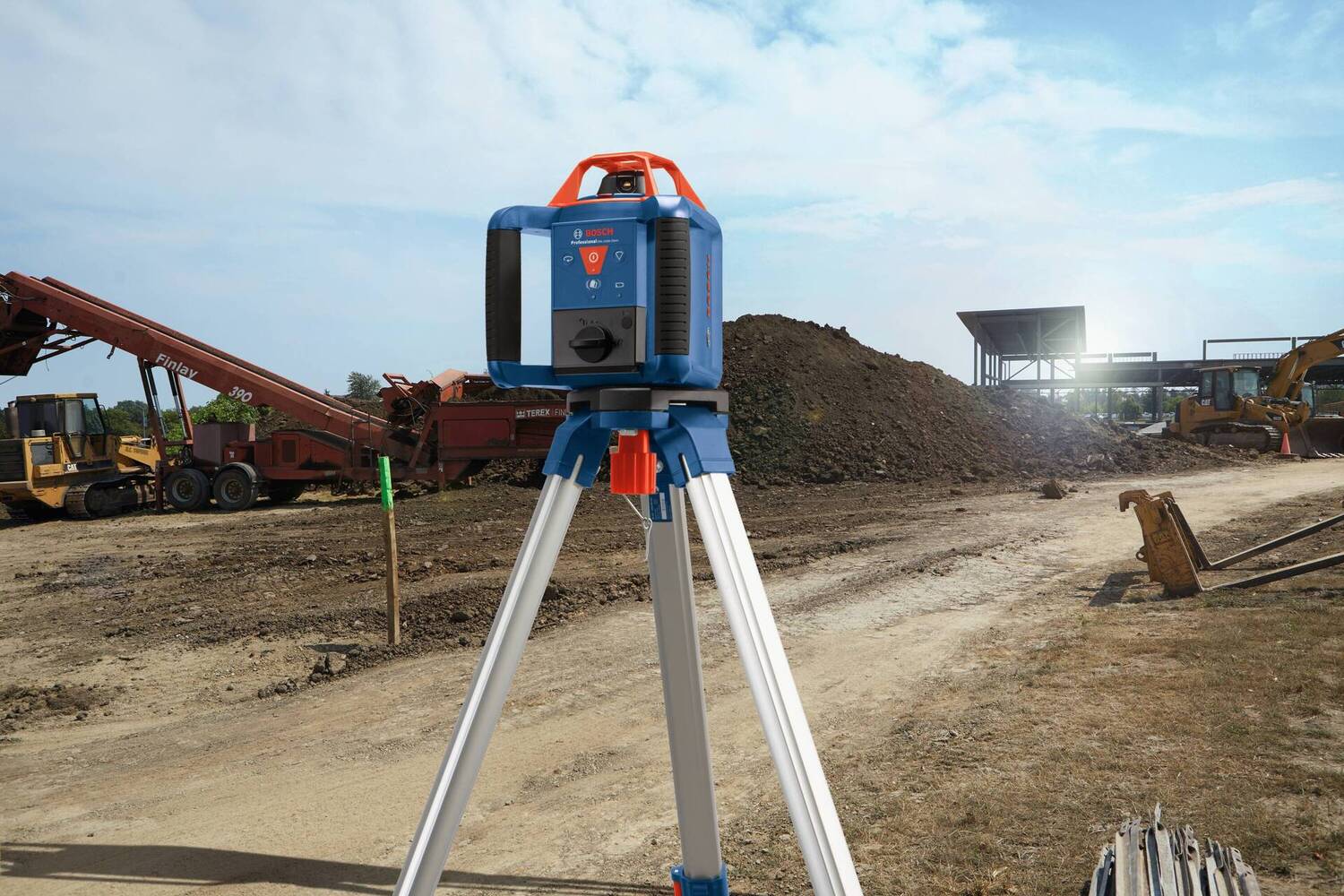
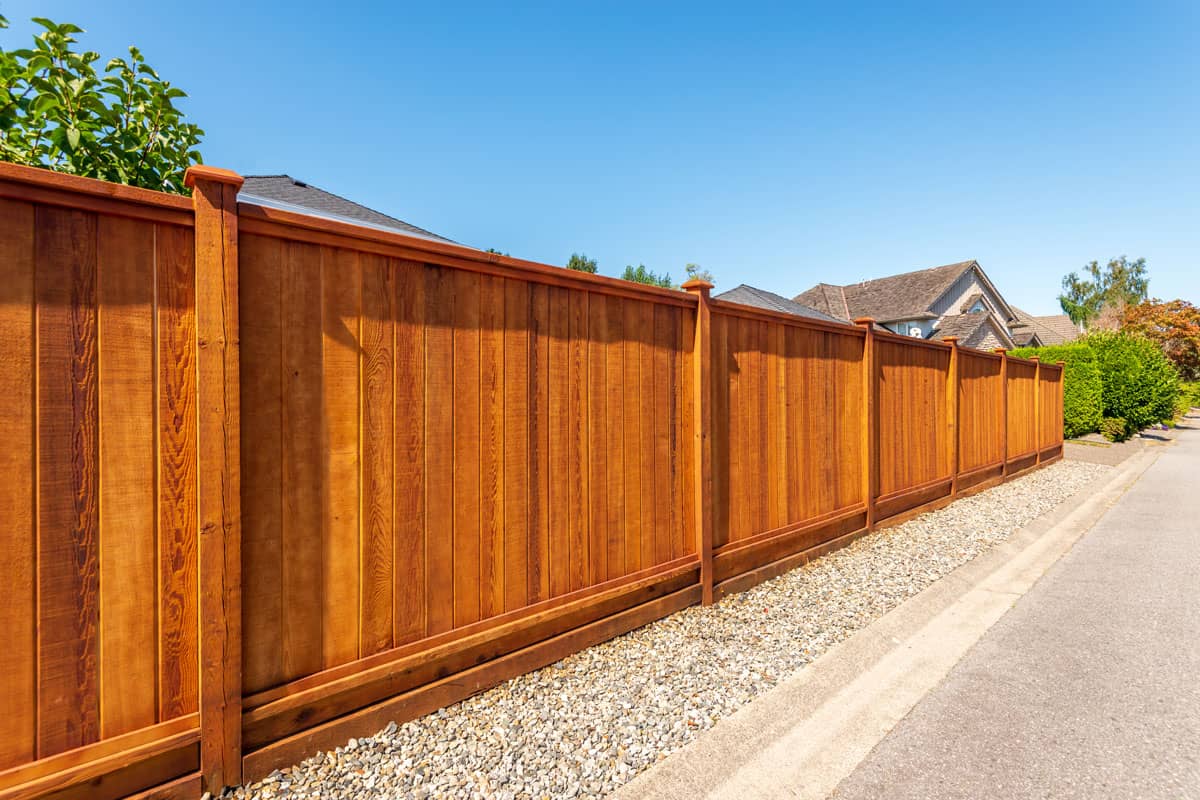
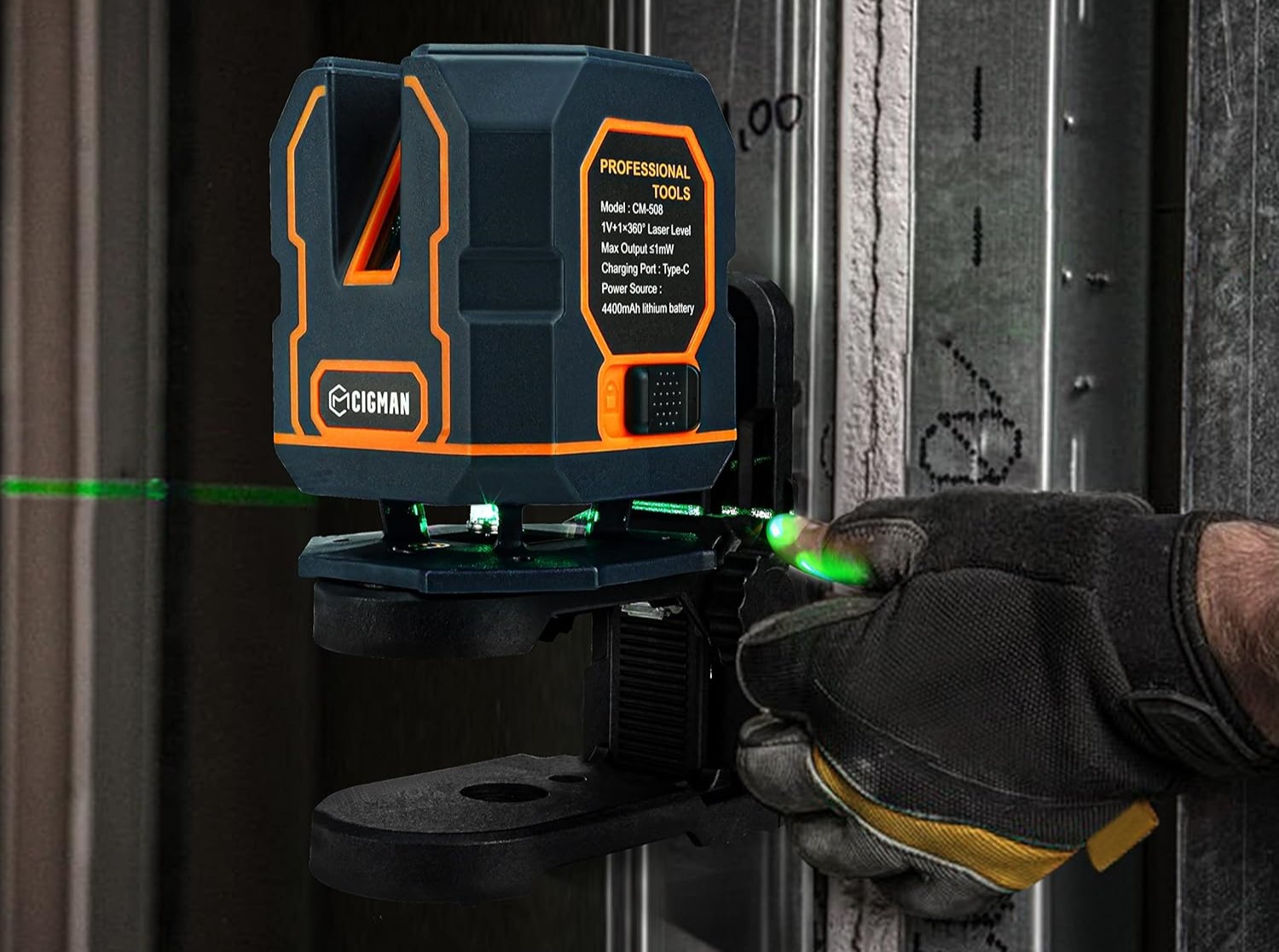
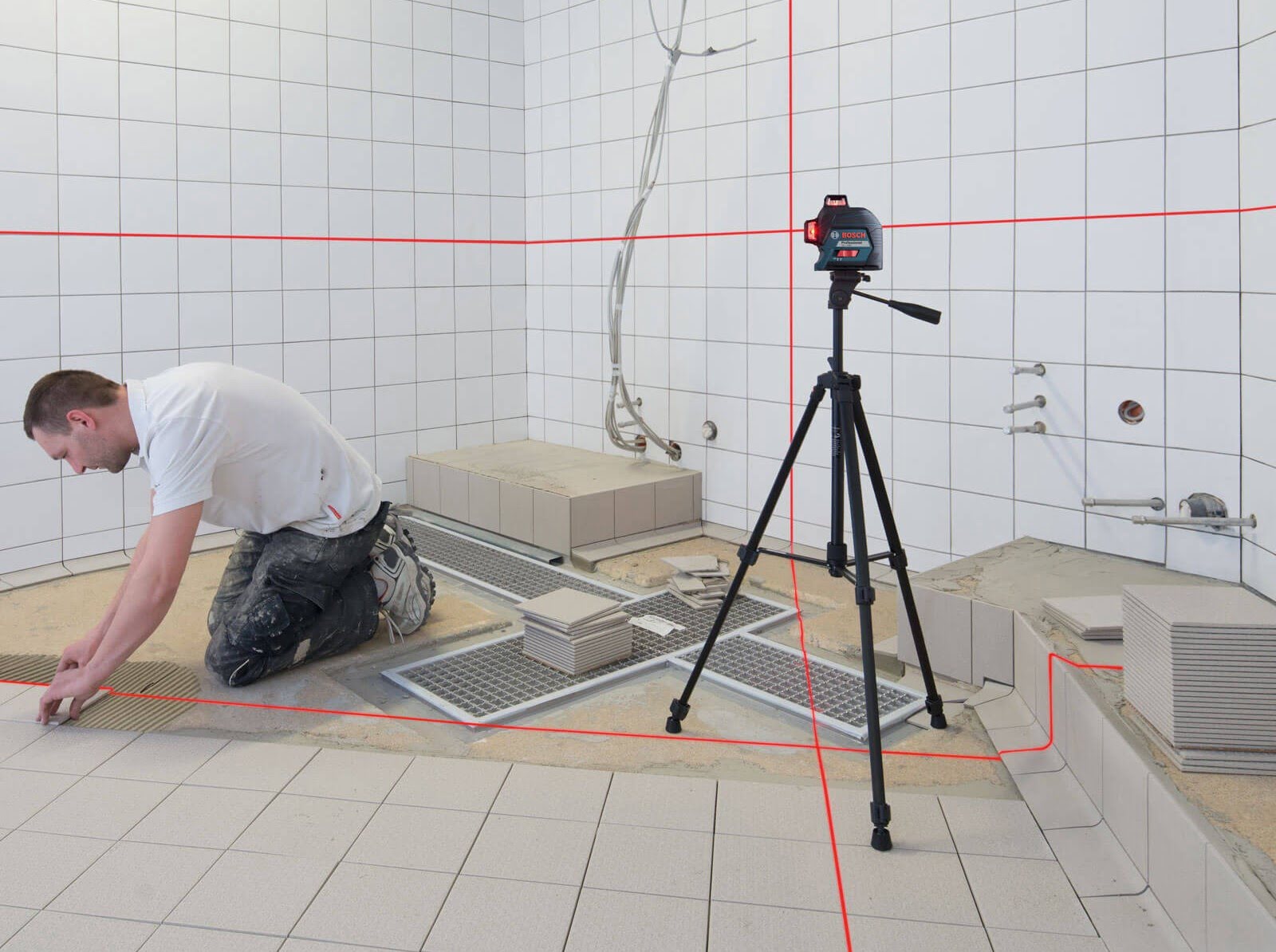
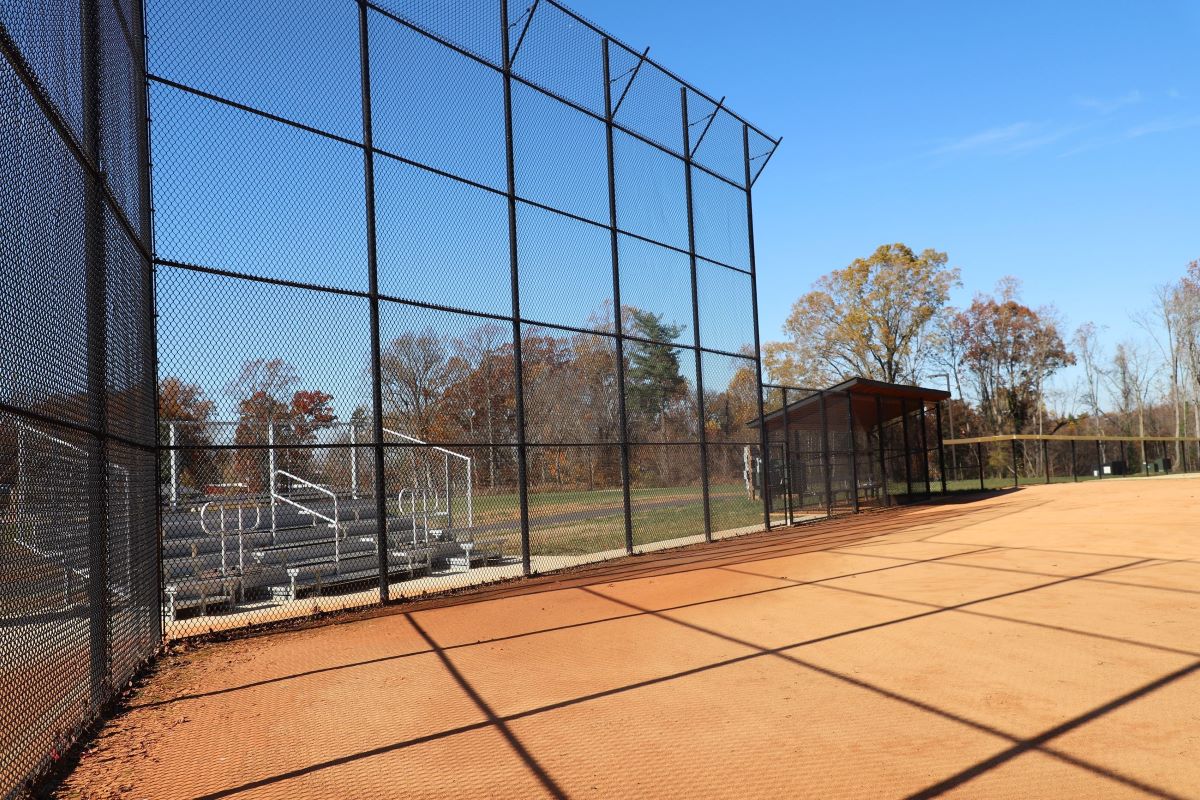
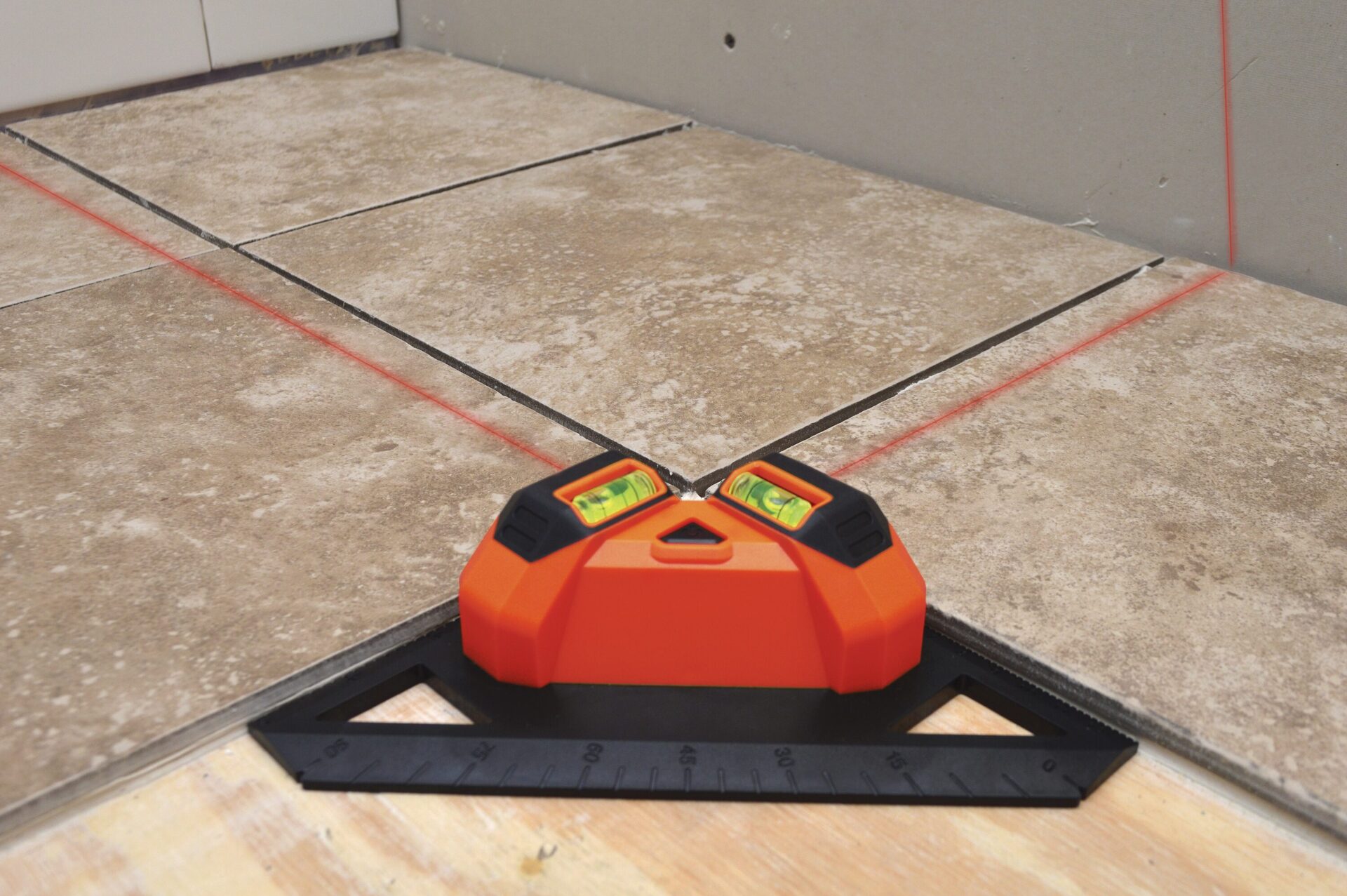

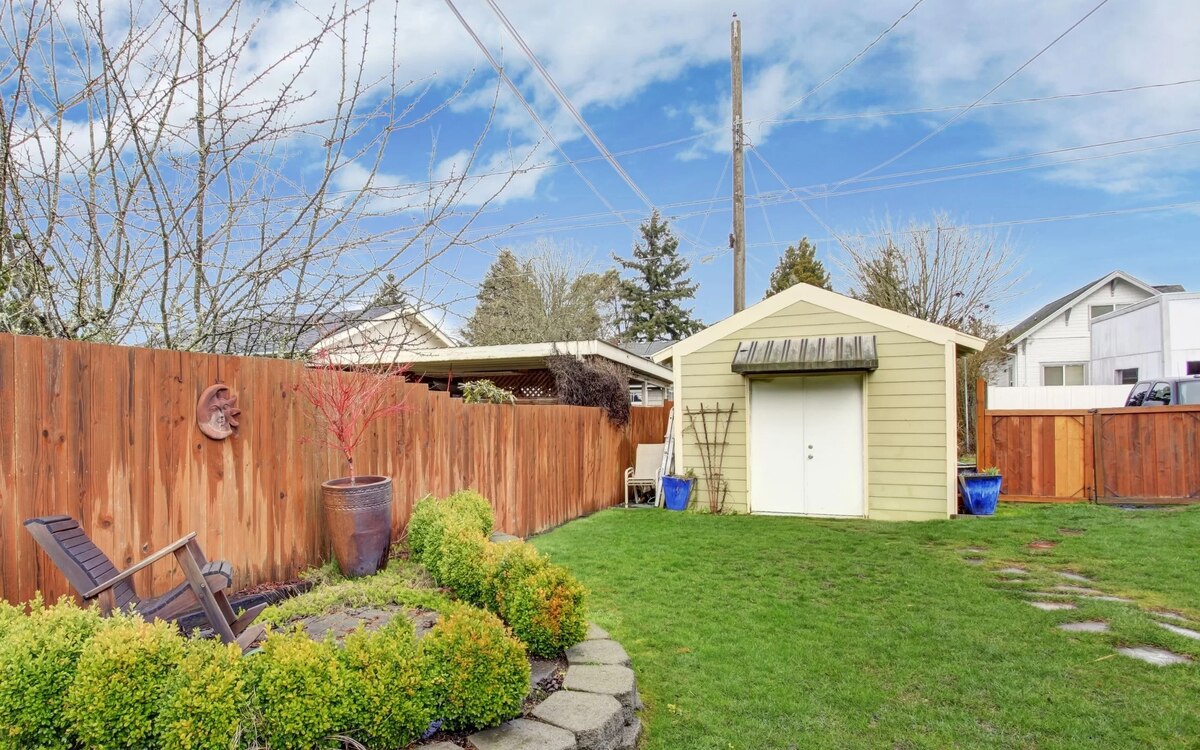

0 thoughts on “How Far Does Laser Level Go For Fence?”